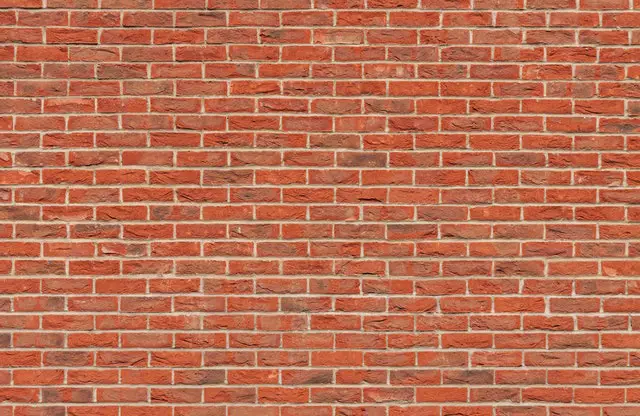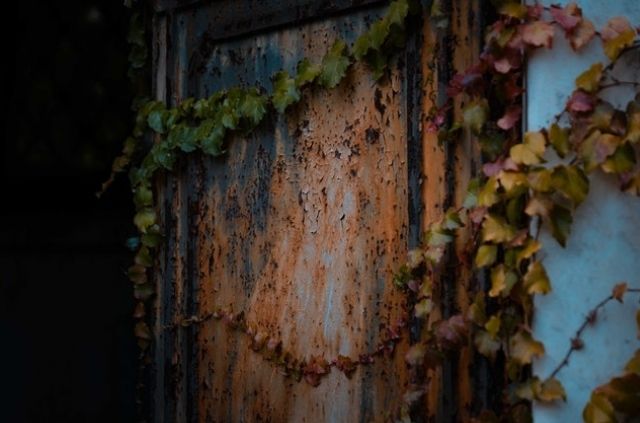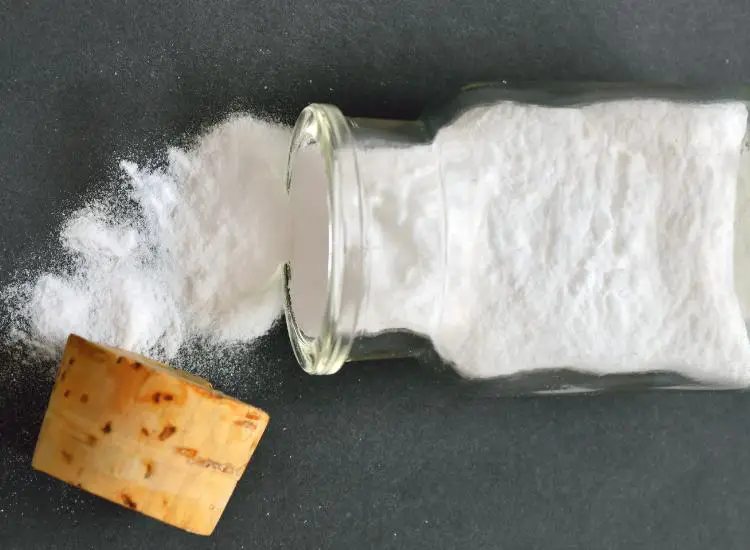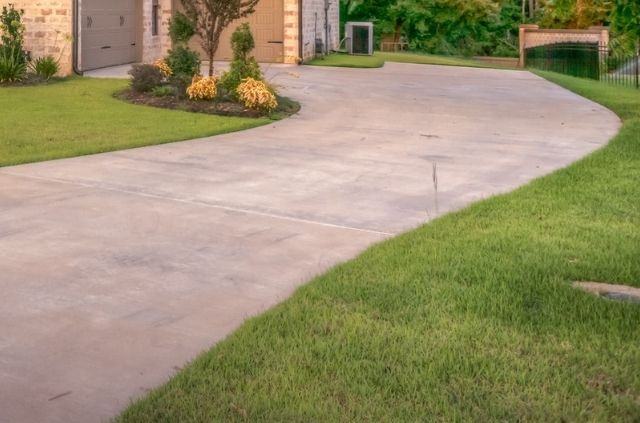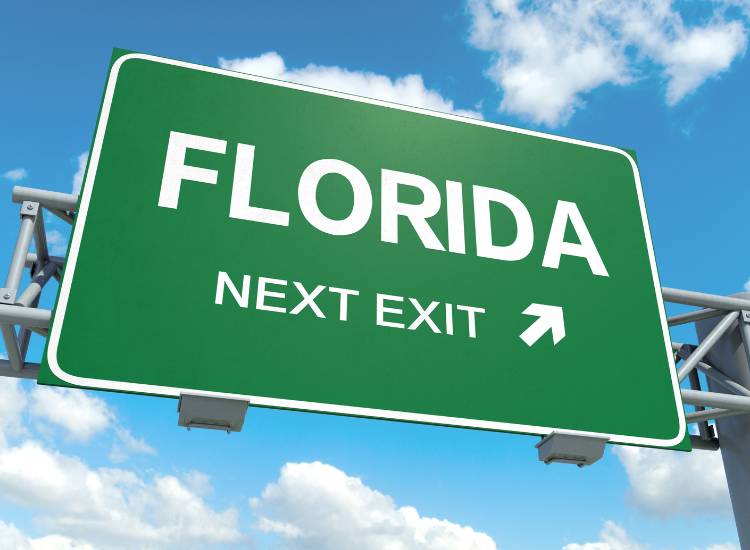Can You Pressure Wash Cedar Siding?
Pressure washers have a reputation for being powerful machines. And while they can strip paint off decks and even leave marks on soft cement, they can also clean fragile surfaces. If you’re looking for information on how to pressure wash cedar siding on your home, you’ve come to the right place.
The good news is that pressure washing cedar siding is perfectly safe. The most important factor to consider is using the correct nozzle attachment.
There are many different types to choose from, but a 40-degree nozzle will be the most efficient option. Anything smaller than this is too aggressive and can cause potential damage.
Why Does Cedar Turn Black?
One of the most common flaws that can be found on old cedar is a black substance. So, why does cedar turn black? The main reason for cedar turning black is caused by mold and mildew.
The unfortunate thing is that this type of organic growth can occur only after a few years. It mostly happens on houses that are in shaded areas.
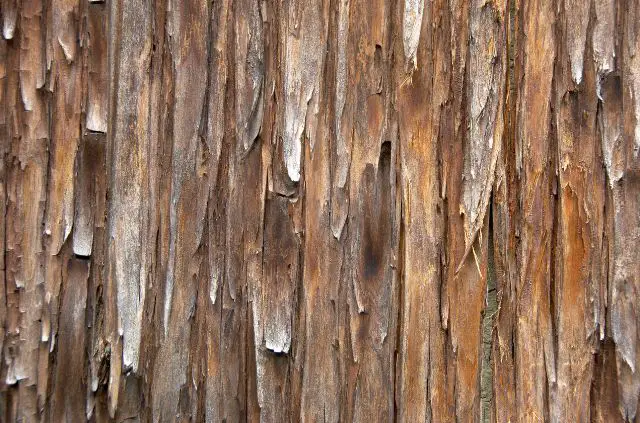
Millions of mold spores can be found throughout the air in these heavily shaded areas. The problem is that even the smallest amounts of moisture on your house can turn into a mold hot spot.
Since mold does not like direct sunlight, you won’t find this problem on areas of your house that see more sun throughout the day.
How to Pressure Wash Cedar Siding
Pressure washing cedar siding is the most effective way to remove organic growth from your house. This type of mold and mildew is inevitable, especially if you live near the water, or in a high humidity area.
Some people prefer soft washing, but the truth is you need a little more water pressure to remove stubborn organic growth.
1. Job Site Preparation
Job site preparation is important whether you’re working on your own house, or a clients home. You will need to move any outdoor tools, patio furniture, or anything else near the sides of the house.
It can be frustrating when these items get in the way, but you also want to avoid damaging them. That also means any cars in the nearby area. Make sure to protect any plants around the house too.
We prefer using a hydrogen peroxide cleaning solution that is Eco-friendly and safe on landscaping. Tape off any areas that don’t require any cleaning.
If your house has a screened in porch, you want to protect this area. The pressure washer can cause damage to the screen and rip it off of the siding.
2. Use Hydrogen Peroxide
Using a hydrogen peroxide cleaner is the fastest way to remove mold and algae on a home. This type of organic growth builds up over time and will have a dark green, or black color.
The hydrogen peroxide solution will penetrate the mold and remove it completely, in order to restore the cedar siding to its original condition.
The cleaner can be applied to the house with low amounts of pressure. All you need to do is make sure it has been coated to every shingle. The high pressure rinse stage is what actually removes the mold.
Just make sure to avoid spraying the windows with hydrogen peroxide, as it can be difficult to remove from glass.
3. Select a Safe Nozzle
Cedar siding can be very delicate, especially if you’re working on an older house. In order to successfully remove the mold and not destroy the siding, you need to use a safe nozzle.
A 40-degree pressure washer nozzle is the ideal option. This attachment will provide enough cleaning power, without the risk of damaging the wood.

Most times you hear people talking about how pressure washing can be dangerous for wood relates to the nozzle. A 0-degree (or red nozzle) is too aggressive for materials like cedar.
It creates a high amount of water concentrated to a small surface area. If you were to use this nozzle on cedar it would certainly cause damage to the siding.
4. Dwell Time
Anytime you’re using a cleaning solution (like bleach) it’s important to consider dwell time. This is the amount of time needed for the chemicals to work their magic, before rinsing.
Make sure to check how much dwell time you need to follow, depending on the specific product you’re using. But around 5-10 minutes should do the trick.
You will notice that houses that have been neglected for years will be much harder to clean. This doesn’t necessarily mean the cleaning solution needs to dwell for a longer time.
What will happen is the detergent will dry out and have little effect. Instead, try diluting you’re cleaning solution into a much stronger mix for stubborn mold.
5. Rinse the Siding
You can then rinse off the cleaning solution once you have fully washed each section of the house. You don’t want to leave any hydrogen peroxide on the cedar, as it can cause discoloration.
This is more common if you’re pressure washing cedar siding on a sunny day and allow too much time for it to dwell in direct sunlight.
During this time it’s also useful to do a quick spray down on the windows. You don’t want to leave any residual hydrogen peroxide on the glass, as it will be very difficult to remove later on.
Stand roughly 10 feet from the windows and use a 40-degree nozzle to clean it. This will be a safe enough distance to avoid any damage.
Safety Equipment
Anytime you’re working with mold, mildew, and chemicals, it’s critical to wear proper safety equipment. This will keep you safe on the job and prevent any accidents from happening.
Let’s take a look at what type of safety equipment you should wear.

Eye and hand protection – It’s inevitable that some of the cleaning solution will get on your hands, and even your eyes. Using high amounts of water pressure can cause this liquid to get in the air. That’s why you will need to wear protective gloves and safety googles to keep you dry.
Face mask – Wearing a face mask or respirator is another piece of personal protective equipment. Some chemicals can be harmful to breathe in, but you also want to protect yourself from mold. Exposure to mold can lead to allergic reactions and asthma symptoms to people who are allergic.
Long clothing – Just like eye and hand protection, wearing long clothing is a must. There will be a lot of chemicals, mold, and mildew potentially flying around the air during the cleaning process. Wearing long clothing will protect your skin in case any of these contaminants make their way on to your skin.
Conclusion
We hope this article has shined some light on how to pressure wash cedar siding. Don’t listen to someone who tells you this cleaning method is dangerous.
It all comes down to what kind of nozzle you’re using on the spray wand. A 40-degree attachment will be powerful enough to clean the cedar, without causing any damage.
Any nozzle that is more aggressive will cause permanent damage to the siding. A 0-degree nozzle will concentrate all of the water pressure into one small area.
Other than that, make sure to use the right cleaning agent that will help you remove any mold, mildew, and algae. Let the detergent soak for a few minutes, before rinsing off this organic growth.
Search Terms
- can you pressure wash cedar siding?
- how to pressure wash cedar siding

